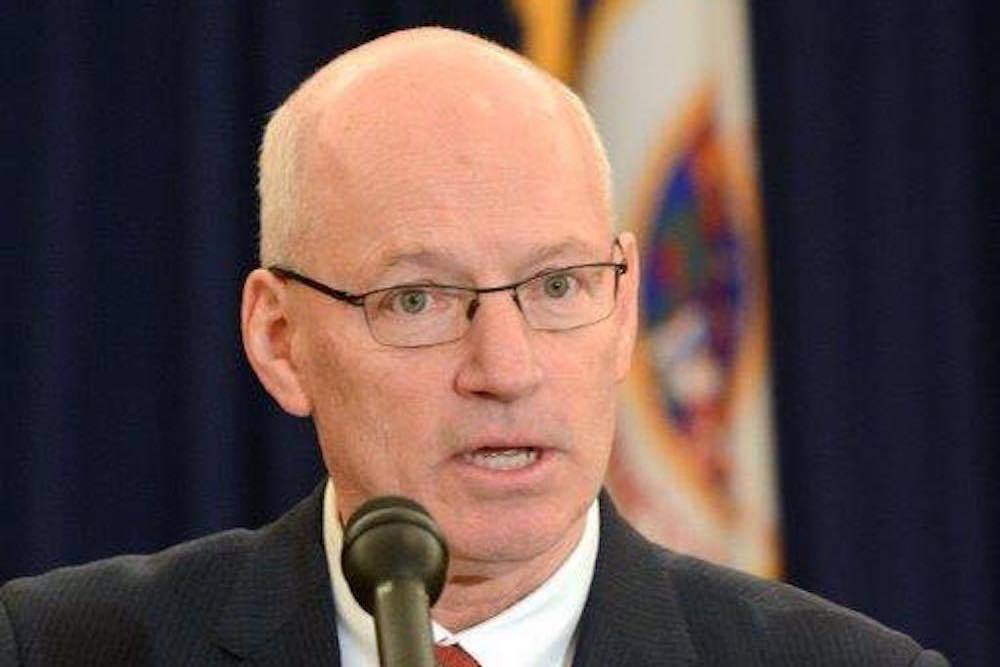Myron Frans, Minnesota Management and Budget Commissioner | Facebook
Myron Frans, Minnesota Management and Budget Commissioner | Facebook
State officials recently said the state’s budget surplus has grown since the December forecast from $1.3 billion to $1.5 billion, which could affect the proposed supplemental spending plan from Gov. Tim Walz.
There is no indication the surplus projections reflect any effects from coronavirus fears, however, there is no clear agreement by lawmakers on how the surplus should be used.
The primary divide is between Democrats – who want to spend some of the money and set the rest aside – and Republicans – who favor tax cuts.
The top spending priority for Democrats is early childhood education. In contrast, Republicans would like to eliminate a tax on Social Security income.
With the projected increase, there is some chance both parties could get some of what they want from the surplus. However, the approximately $181 million difference is small in comparison to the $48 billion overall budget.
Minnesota has had both a 0.2% increase in tax revenues and a 0.2% decrease in government spending at the state level, which has been attributed to efforts by state officials with the assistance of economic consultant IHS Economics.
State Management and Budget Commissioner Myron Frans has called the resulting situation from the adjustments “very stable," according to the Twin Cities Pioneer Press.
Yet, Frans also cautioned about the nature of the surplus, noting that only $379 million comes from revenue in excess of spending from the last year. The rest of the $1.5 billion are funds that have been carried over from previous years.
Once inflation is accounted for in future spending, Minnesota could face a deficit as soon as 2023. However, some Republicans argue that spending shouldn’t be automatically increased due to inflation. In addition, the most recent budget forecast has not taken into account the possibility of Minnesota having to deal with a coronavirus outbreak or the costs of precautions to prevent the spread of the virus, such as closing offices or facilities.
Frans said that any forecast comes with an “asterisk,” as anything from weather to geopolitical instability can alter how things actually turn out.



 Alerts Sign-up
Alerts Sign-up